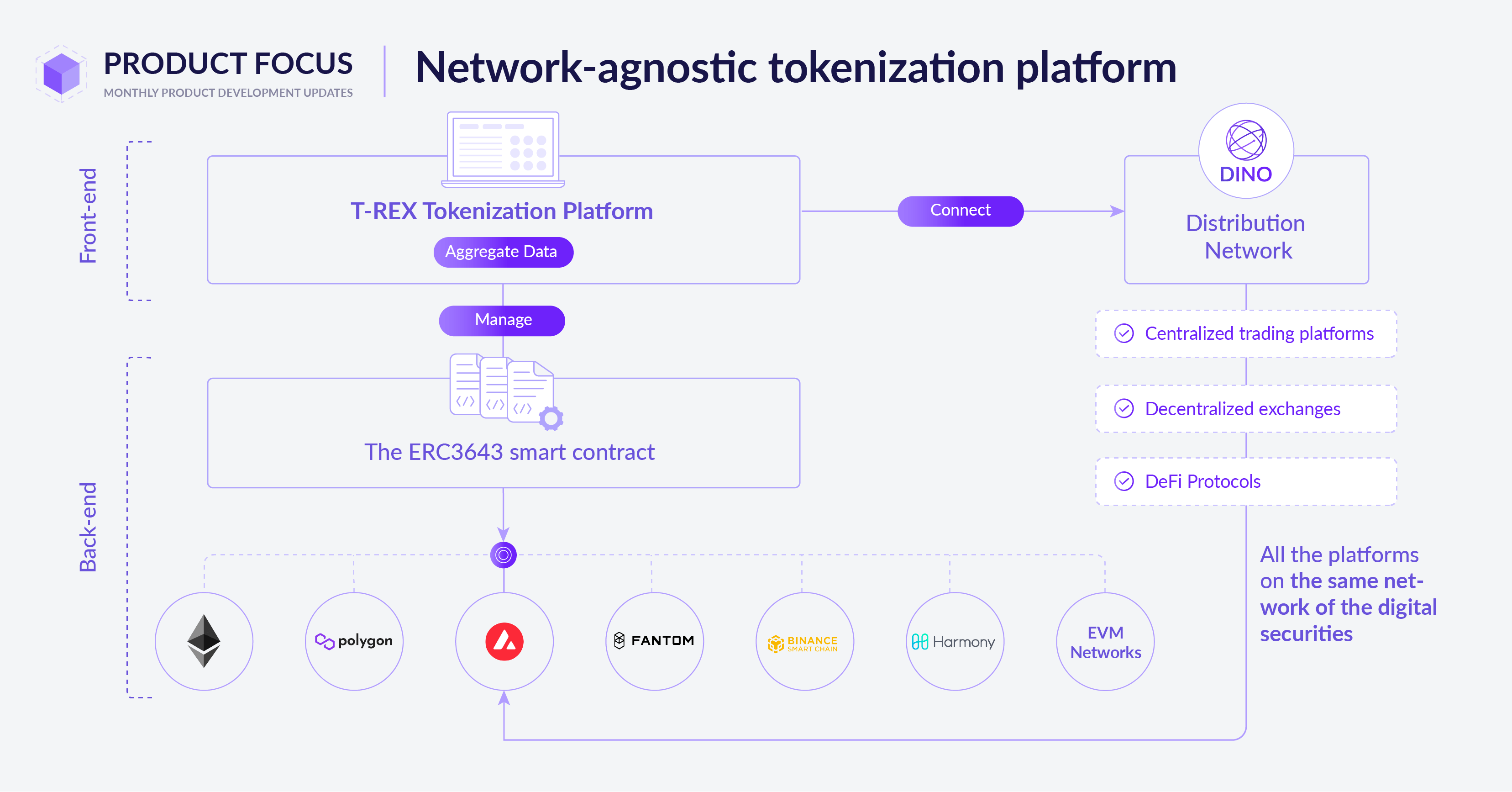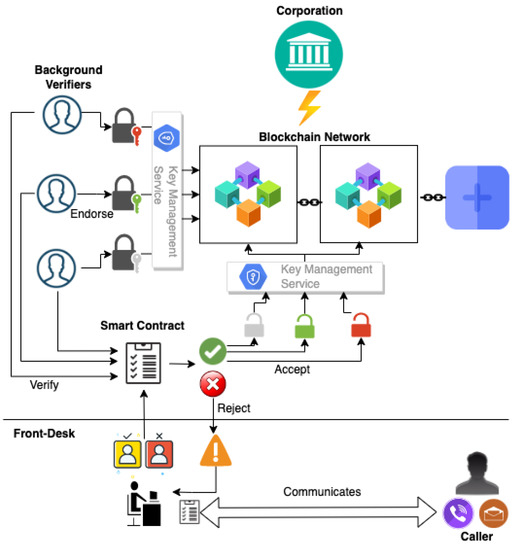Table of Contents
ToggleNavigating the Digital Landscape
The digital world is constantly evolving, and businesses need to adapt to stay competitive. This means developing a comprehensive digital strategy that aligns with your overall business goals and helps you leverage technology to achieve them.
Defining Your Digital Strategy: A Roadmap for Success
A digital strategy is more than just a list of tech tools. It’s a roadmap that outlines how you’ll use technology to engage customers, optimize operations, and drive growth. It should address key questions like:
- What are your business goals? What are you trying to achieve with your digital efforts?
- Who are your target customers? What are their needs and preferences?
- What digital channels will you use? How will you reach your target audience?
- What technologies will you leverage? What tools and platforms will you use to achieve your goals?
- How will you measure your success? What metrics will you use to track your progress?
The Importance of Digital Transformation
Digital transformation is the process of integrating digital technology into all aspects of your business. It’s not just about adopting new tools; it’s about fundamentally changing how you operate and interact with customers.
Key Components of Digital Transformation
Digital transformation involves a range of initiatives, including:
- Customer Experience (CX) Optimization: Using technology to create seamless and personalized customer journeys.
- Process Automation: Automating tasks to improve efficiency and reduce costs.
- Data Analytics: Leveraging data to gain insights and make better decisions.
- Cloud Computing: Moving your infrastructure to the cloud for greater scalability and flexibility.
- Cybersecurity: Protecting your data and systems from cyber threats.
Embracing a Culture of Innovation
Digital transformation requires a shift in mindset. It’s about embracing a culture of innovation and experimentation. This means:
- Encouraging creativity and risk-taking: Allowing employees to explore new ideas and test new approaches.
- Investing in training and development: Helping employees acquire the skills they need to thrive in a digital environment.
- Building a data-driven culture: Encouraging data-informed decision-making at all levels.
Overcoming Challenges
Digital transformation can be challenging. Common hurdles include:
- Resistance to change: Employees may be reluctant to embrace new technology and processes.
- Lack of resources: Implementing digital initiatives can be expensive and time-consuming.
- Data security concerns: Protecting sensitive data in a digital world is crucial.
The Benefits of Digital Transformation
Despite the challenges, the benefits of digital transformation are significant. By embracing digital technology, businesses can:
- Improve customer satisfaction: By providing personalized experiences and efficient service.
- Increase revenue: By expanding into new markets and reaching new customers.
- Reduce costs: By automating tasks and streamlining processes.
- Gain a competitive advantage: By staying ahead of the curve in a rapidly changing digital landscape.
Navigating the Future of Digital
The digital world is constantly evolving, and businesses need to stay ahead of the curve. This means:
- Staying informed about emerging technologies: Keeping up with the latest trends and innovations.
- Adapting your strategy as needed: Being flexible and willing to adjust your approach based on changing market conditions.
- Investing in ongoing training and development: Ensuring your employees have the skills they need to succeed in a digital future.
By embracing a digital mindset and investing in the right strategies and technologies, businesses can position themselves for success in the years to come.






































